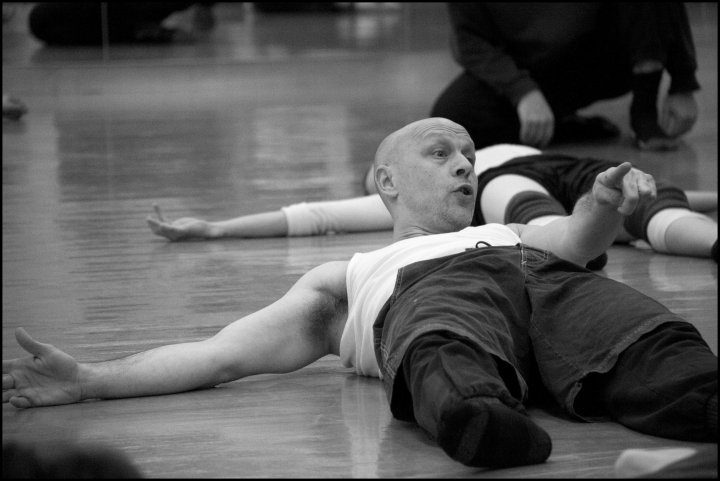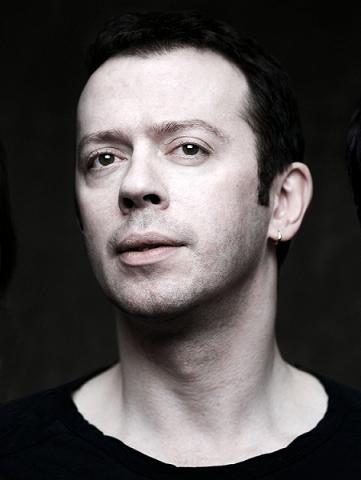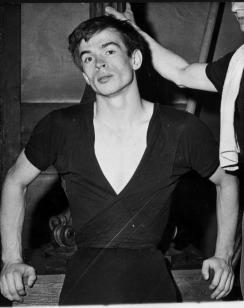Lets talk about choreography
Choreography is the art of making dances, be that classical variations, modern pieces or contemporary performances.
That said, I believe choreography is more than just combining movements. To make a truly great choreography, theres got to be something more behind it than just fancy moves – there’s got to be substance. Not necessarily a story, but after seeing a performance, I don’t want to be left with nothing but the impression of the movements, I want to get something more – an idea, a statement or maybe just a sense of a mood, but there has got to be something.
This is also the reason why I never choreographed myself – I don’t feel I have anything to communicate that I could get out through movements. Not that I don’t have any ideas that might make good dances, but as of today, I have still not felt the urge to realize them. I truly appreciate watching good choreography, and I deeply respect the work and effort that lies behind it. To be able to make a great choreography is a gift not all people possesses, and requires, apart from lots of creativity, a great understanding and knowledge of dance that I don’t feel I have.

Eric Trottier working with the dancers creating the ballet “U2 – you too?!”. Photo by Tamara Cerna ©
.
You might remember my post a while back with some tips on how to better memorize the steps of a choreography?! To keep an open mind and focus on what you are doing is alpha and omega for any dancer learning a new piece. But that learning experience can be very different at different situations – learning an already performed piece is quite different from working with a choreographer developing a new performance as you go.
While a “fix” set of steps are easier to relate to in terms of memorizing and grinding the movements, it’s always exciting to work on something new, something that never has been performed before. Working like this also demands more from the dancer – one constantly has to learn and re-learn movements as the piece takes shape – what was the situation yesterday might be quite different today. To be able to keep up to date and fresh in each rehearsal can make a very demanding task. While a choreographer is the “creator” of the new piece, the dancers he or she is choreographing the piece on are like the clay from which the sculptor shapes his works – your ability to perform and personalize the movement given to you from the choreographer may have a huge impact on how the dance finally turns out.

Alexei Ratmanski, resident choreographer, American Ballet Theatre and maybe our times best classical choreographer?!
There are big differences on how much a choreographer wants you to make the movements your own, though. While some choreographers stress the ability to take the movements and perform them in your own way, add your own personality into it, others wants their dancers to be as “plastic” as possible, and wants to shape them by his or hers own expectations. Some dancers has the ability to perform almost any movements just as they are told, and will perform best with this sort of a “plastic” choreographer. Others, on the other hand, tends to personalize any movement, making their own personality shine through the movements. Those kind of dancers probably will work better with a choreographer that focuses more on each dancers unique performance.
.

Nureyev was known for his ability to learn any choreography by just watching the movements once
Like anyone, choreographers are different. A dancer might have to work with several choreographers during the career, and you might work better with some, than others. To find a choreographer you work great with is like finding a romantic partner – one might have to kiss a few frogs.. But when you do, lots of great things might come from it.
.
Do you have any questions about choreography, or how the dancers work with it? Why don’t you post a comment?
Until next time, Ta-Ta
H



